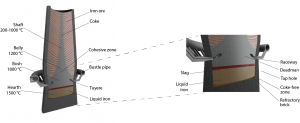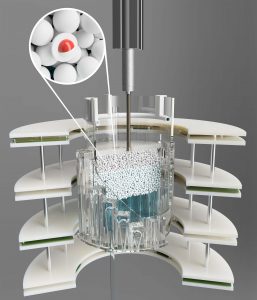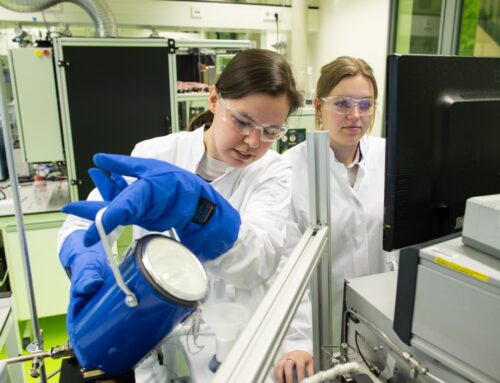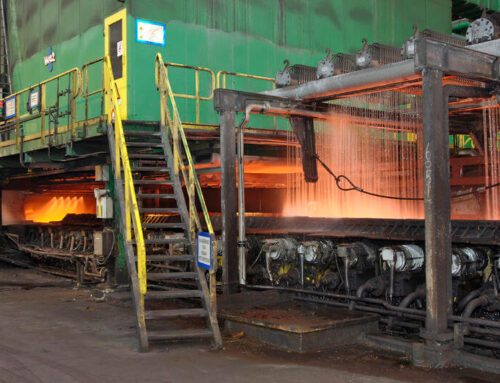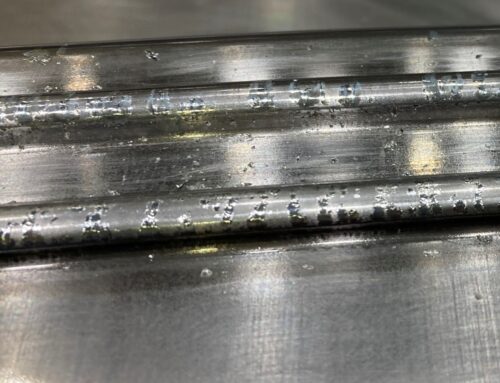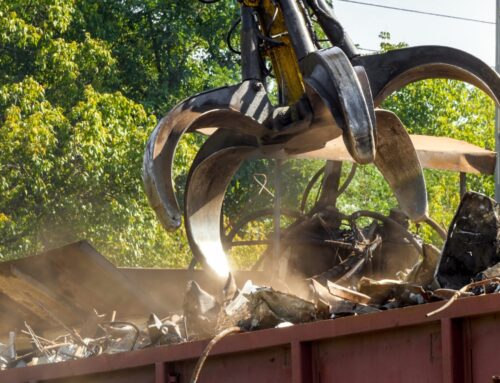Project Description
Key information
Project in the Spotlight: T16046
Market: Materials production
Written by: Viktoria Savran
Dynamic behaviour of liquid-solid systems applied to the blast furnace hearth
The blast furnace is quite possibly the most intricate multiphase system. With high temperature liquid iron and slag, burden particles and reduction gases; enormous volume and different sections with various time and length scales, much is still unknown about this very important piece of equipment. Despite many years of research, the ironmaking blast furnace still remains for a significant part a black box. The steel industry is one of the largest production sectors globally as well as in the Netherlands. The combination of a very complex system, which in many details are not well understood, and the large potential in terms of economic and environmental impact, makes the blast furnace an essential topic of research.
The bottom section of the blast furnace consists of a system of liquid iron and slag, as well as a predominantly packed bed of coke particles (see Figure 1). The continuous addition of liquids from the upper furnace and periodic tapping of the liquids, generates a dynamic behaviour of the coke particles. This consists of a combination of periodically packing and moving of the coke particles, directly influencing the behaviour of the deadman and moving bed on top of the hearth and thus overall blast furnace performance. Therefore, the aim of the project was to develop a CFD-DEM model to study the effects of periodic tapping in the blast furnace, and the influence of the particle size distribution and shape on the tapping process.
Figure 1. Schematic representation of the blast furnace (left) and blast furnace hearth (right)
To study the dynamic interaction of this fluid-particle system, the blast furnace hearth was downscaled to a cold flow model the size of 20-30 cm, where the periodic movement of the liquid bed was modelled, and an experimental setup was developed to validate the CFD-DEM under well-defined conditions. The particle movement was tracked using a novel non-invasive monitoring technique that has been developed within the research group Multiscale Modelling of Multiphase Flows of Technical University of Eindhoven. Magnetic Particle Tracking gave a unique insight in the particle mobility under the influence of periodic tapping.
The main project outcomes include:
- An extended CFD-DEM coupling for liquid-solid flows, capable of simulating dynamic multiphase systems containing dense and viscous liquids.
- The applicability of Magnetic Particle Tracking in liquid-solid systems and the importance of the interstitial medium on granular flow behaviour were demonstrated using rotating drum experiments.
- A cold flow blast furnace hearth model was developed, in which deadman particle behaviour was observed experimentally (see Figure 2).
- A VOF/CFD-DEM simulation set-up was presented, replicating the experimental conditions and demonstrating the applicability of the model to the blast furnace hearth.
- Large-scale blast furnace hearth simulations were conducted, and liquid metal and deadman coke flow behaviour were visualised under various conditions.
- The VOF/CFD-DEM model was extended with heat and mass transfer calculations to simulate the dissolution rate, and the feasibility of such an integrated method was demonstrated on an industrial scale.
Figure 2. Cross-sectional view of the model hearth vessel, particle bed and surrounding MPT sensor array. Inset shows the magnetic tracer particle.
The results obtained in this project directly relate to the industrial blast furnace and provide new insights into the inner workings of this complex system. Additionally, care was taken to comprehensively document the model developments, which are available within the CFDEM Coupling framework (an open source CFD-DEM package compatible with OpenFoam), and to transfer the numeric framework and setup, including test cases, to the Tata Steel R&D team. This ensures that the developed methods and setup can remain to be used to preform calculations relevant to Tata Steel’s operation and interests, as well as contributing to the general CFD-DEM framework in the open community.
The project was performed by Dr. Tim Nijssen, who did his PhD at TU/e under supervision of prof. Hans Kuipers and Dr. Kay Buist.
The project S16046 got NWO-TTW funding (15797) in 2017-2021.
We are very happy about the outcome of this research project. It delivered us useful insights on the performance of our main production facilities and will further help in assessing the maintenance schedules.
Impact of this research project goes beyond current blast furnace practice. In view of sustainable steel production processes, Tata Steel has set an ambition to establish the carbon-neutral steel production facilities. The CFD-DEM can be extended to predict the behaviour of our advanced, CO2 low, steel production process, HIsarna, which is a two stage multiphase reactor as well as future hydrogen based steel production facilities.
Hans Kuipers (TUE) and Kay Buist (TUE)
We really enjoyed our collaboration on this challenging project. Regular meetings between our research team and employees of Tata Steel have been very beneficial to the project. The insights of the industry have improved our understanding of this process and helped tackle some of the difficult problems of this project. Furthermore, it ensured that our results were helpful to their process and made for an easy transition of our code to their team.
